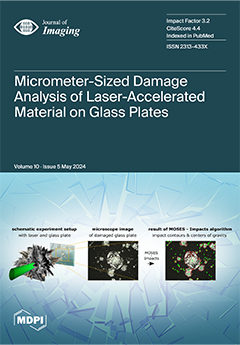The current study aimed to quantify the value of color spaces and channels as a potential superior replacement for standard grayscale images, as well as the relative performance of open-source detectors and descriptors for general feature-based image registration purposes, based on a large benchmark dataset. The public dataset UDIS-D, with 1106 diverse image pairs, was selected. In total, 21 color spaces or channels including RGB, XYZ, Y′CrCb, HLS, L*a*b* and their corresponding channels in addition to grayscale, nine feature detectors including AKAZE, BRISK, CSE, FAST, HL, KAZE, ORB, SIFT, and TBMR, and 11 feature descriptors including AKAZE, BB, BRIEF, BRISK, DAISY, FREAK, KAZE, LATCH, ORB, SIFT, and VGG were evaluated according to reprojection error (RE), root mean square error (RMSE), structural similarity index measure (SSIM), registration failure rate, and feature number, based on 1,950,984 image registrations. No meaningful benefits from color space or channel were observed, although XYZ, RGB color space and L* color channel were able to outperform grayscale by a very minor margin. Per the dataset, the best-performing color space or channel, detector, and descriptor were XYZ/RGB, SIFT/FAST, and AKAZE. The most robust color space or channel, detector, and descriptor were L*a*b*, TBMR, and VGG. The color channel, detector, and descriptor with the most initial detector features and final homography features were Z/L*, FAST, and KAZE. In terms of the best overall unfailing combinations, XYZ/RGB+SIFT/FAST+VGG/SIFT seemed to provide the highest image registration quality, while Z+FAST+VGG provided the most image features.
Full article






